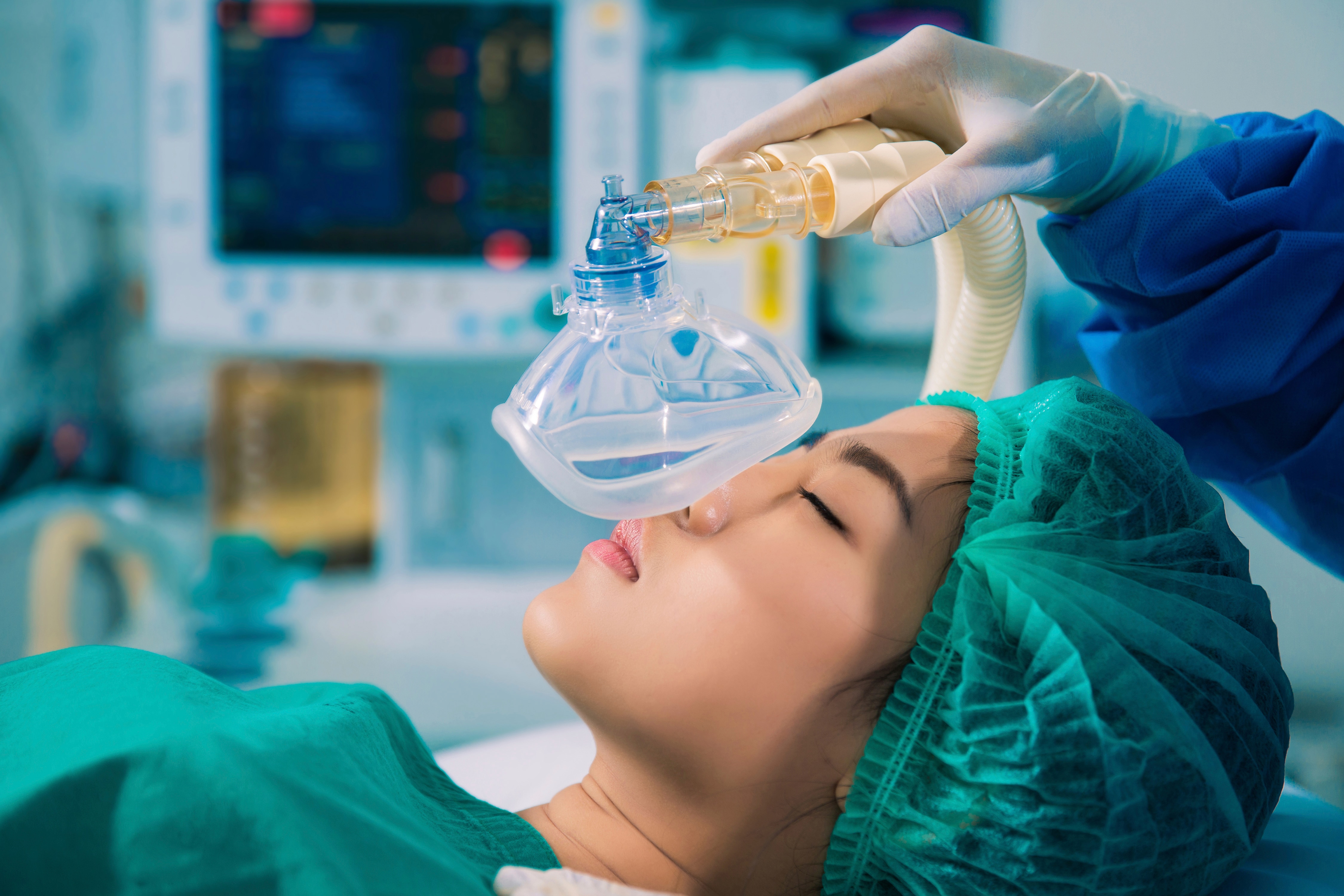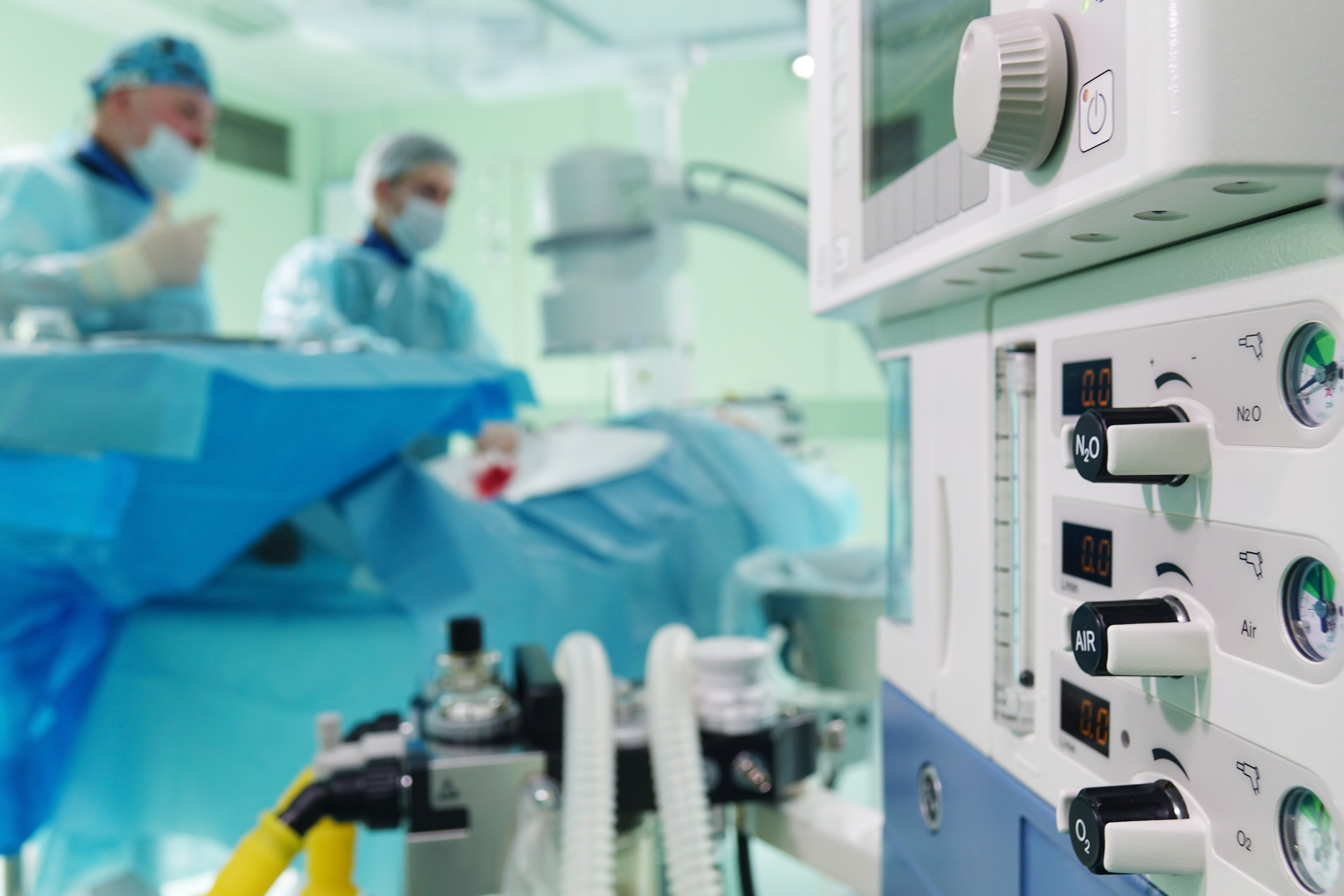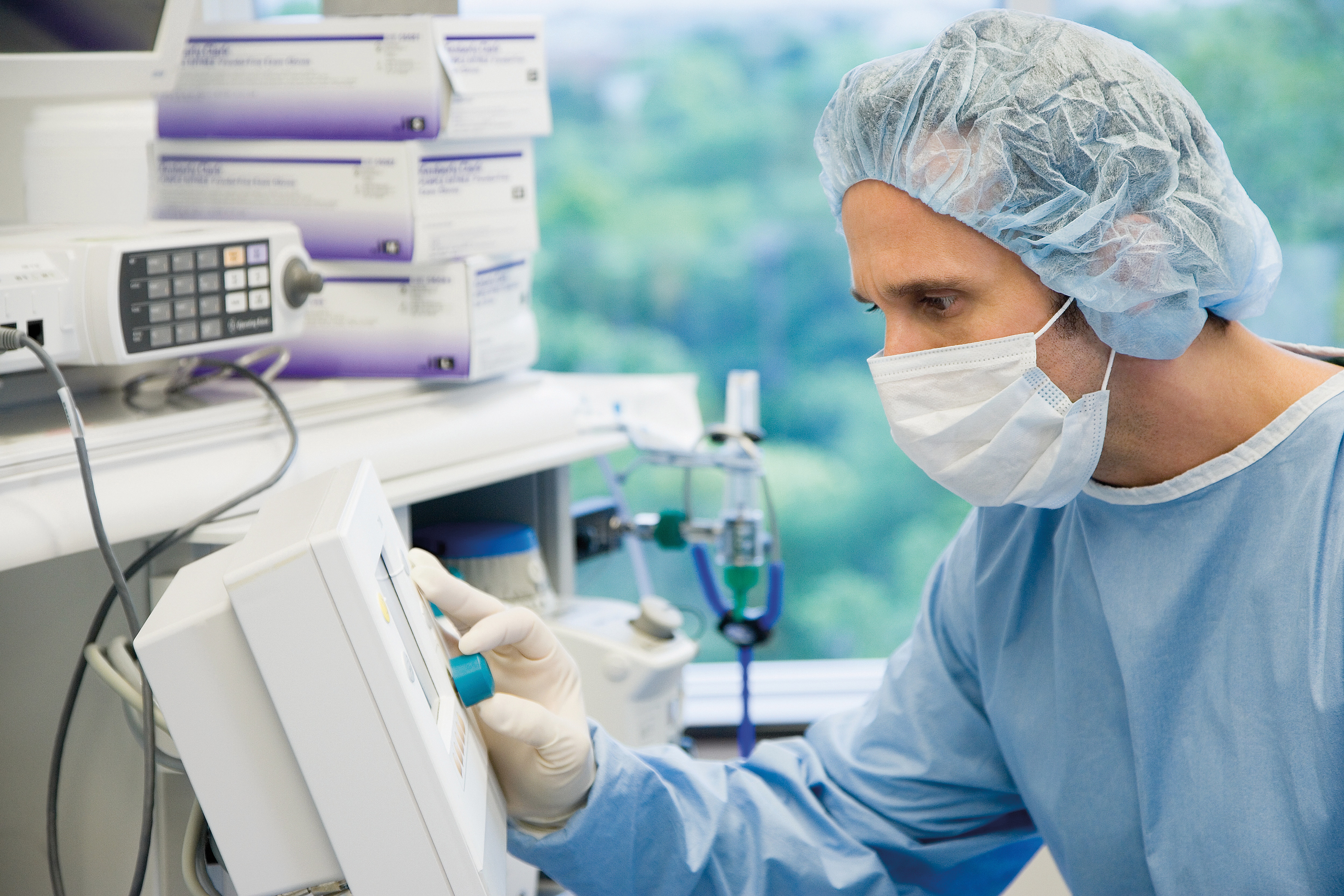

To minimize the risk to the patient as much as possible, many parameters must be monitored during anesthesia. The most informative vital parameters here are monitoring of the heartbeat by means of ECG and measurement of pulse and blood pressure. But carbon dioxide (CO₂) and oxygen (O₂) as relevant respiratory gases also provide valuable data. In order to be able to adjust the anesthesia to all these parameters correctly, it is also important to measure the anesthetic gases themselves. During delivery to the patient, defined gas mixtures are controlled by means of flow sensors. However, how well the respective anesthetics are metabolized by the patient can only be determined by the exhaled air. The technique of infrared spectroscopy has been used successfully here for a long time.

Due to its pleasant odor, only sevoflurane is also suitable for induction of anesthesia; all other gases are mainly used for its perpetuation. In addition to these anesthetic gases, CO₂ must also be measured simultaneously in the exhaled air. Therefore, the infrared spectrometers used have detectors for up to 7 different gases. A broadband infrared source such as the EMIRS from Axetris with a high emission power over the entire, relevant spectral range is particularly important for this application. Real-time measurement enables the gases used to be adapted to a changing situation at any time.

Therefore, from an occupational safety perspective, it makes sense to also monitor emissions and possible leaks of anesthetic gases. The exact limits for the anesthetic gas in each case vary, but they are always in the lower ppm range. In addition to special leakage measuring devices, measuring techniques can also be used to monitor the room air. These are mostly based on the technique of infrared spectroscopy. A significant advantage of this measuring technique is that they can measure all common inhalation anesthetics simultaneously. Therefore, they can be used flexibly and do not have to be replaced depending on the anesthetic gas used. In contrast to gas chromatography, these devices are also significantly less expensive and can measure in real time during surgery.